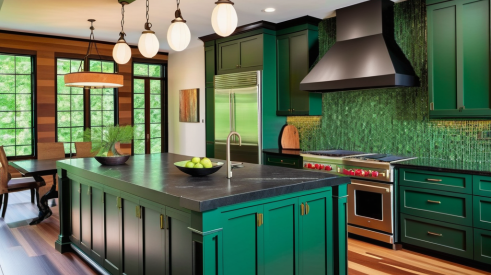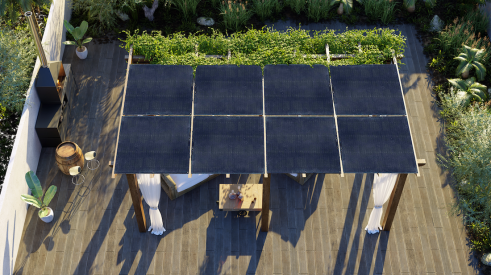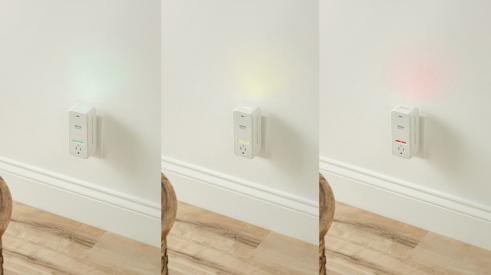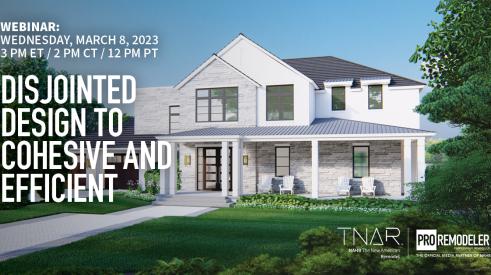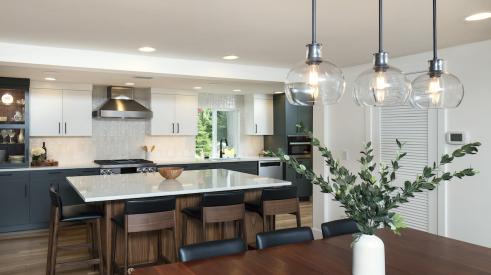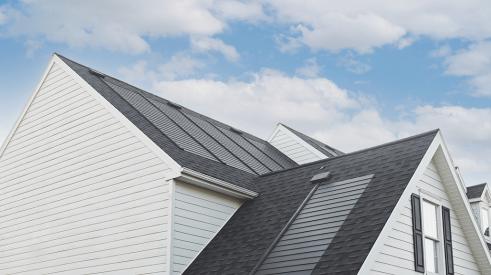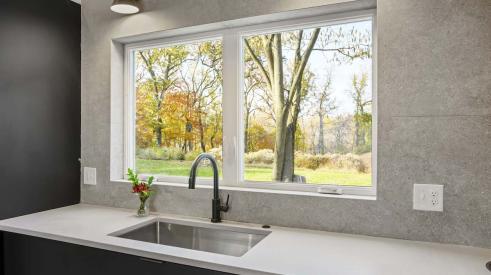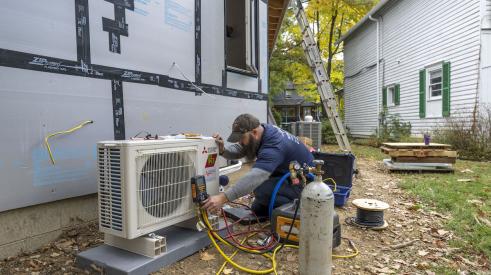|
 |
Passive solar design is one of the more unique and innovative ways you can boost the energy efficiency of your clients' homes. Good passive solar design is driven by the sun's heat. In warmer climates, you can sometimes eliminate the need for mechanical cooling, heating and artificial lighting entirely.
For many remodeling jobs, incorporating passive solar design is simply not an option. On a simple bathroom or kitchen remodel, for instance, it's probably not a good fit. But on major additions, whole-house remodels and numerous other jobs where window location can be altered and insulation concerns addressed, there are energy-efficiency gains to be had.
The techniques involved in designing to take advantage of the sun's rays are the same in every climate. Regardless of location, the goals are to maximize solar heat gain in winter and minimize it in the summer. Two key elements for achieving these goals are properly selecting and locating windows and ensuring the home is well-sealed and insulated. But there are many others that can be used depending on the job scope. The U.S. Department of Energy recommends incorporating the following elements:
Passive solar design's effectiveness will be significantly reduced if a home is not insulated and sealed effectively. By tightening the building envelope, using the International Code Council's recommended insulation levels (www.intlcode.org), properly installing the insulation and repairing or replacing leaky ducts, you can effectively reduce heat loss and gain to prepare for further passive solar techniques.
The science behind using windows is simple: when the sun shines through the glass, heat is trapped, which helps keep the house warm. The part that's not so simple is choosing the right windows and locating them for maximum heat gain or loss, depending on your market's climate.
In cold climates, maximize heat gain by locating many windows on the south-facing walls (7 percent of the building floor area is recommended) while reducing the number of windows on the north, east and west. Choose windows with a high solar heat gain coefficient (.60 or higher is recommended) and low U-factor (.35 or less is recommended) to reduce heat transfer. You'll also have more visible light transmitted.
In warm climates, locate fewer windows on the south facing walls and more on the other sides. To reduce heat gain on the south-facing windows, install solar window screens, shutters, oversized overhangs or landscaping to reduce the effects of the full sun. The Department of Energy recommends you specify windows that have a U-factor below .4 and a solar heat gain coefficient below .55 in warm climates.
Because the sun rises higher overhead in summer than in winter, properly sizing window overhangs or awnings can help heat a home in winter and cool it in summer. To properly size an overhang for optimum effectiveness, follow these five steps:
- Draw the wall to be shaded to scale.
- Draw the summer sun angle upward from the bottom of the glazing.
- Draw the overhang until it intersects the summer sun angle line.
- Draw the line at the winter sun angle from the bottom edge of the overhang to the wall.
- Use a solid wall above the line where the winter sun hits. The portion of the wall below that line should be glazed.
Increasing the natural light in a home can decrease the homeowner's electric bill. Generally, glazing should account for at least 5 percent of a room's floor area for effective daylighting. Install windows with low-E coatings and a high visible light transmittance to minimize glare while allowing for proper heat gain and loss characteristics. Skylights can also provide additional natural light.
Natural cooling techniques help capture cooling breezes and reduce the need for mechanical cooling, thereby lowering energy bills.
The stack effect, or chimney effect, is one technique that can be used for this purpose in two-story homes. Create a design with second-floor exit windows, ridge vents, whole-house fans or other openings that will draw warm air out of the top of the home and first-floor windows or vents where cool air can enter.
If you have ideas or comments, e-mail the author at michael.morris@reedbusiness.com.
|
Increase a home's energy efficiency by keeping the sun's heat in mind
Add new comment
Related Stories
Working Toward Affordable, Resilient Homes
A new natural disaster protection act from NAHB aims to support hazard mitigation projects
Client Design Choices in the Time of Social Media and AI
Social media speeds up the trend cycles, and now artificially created images are falling into homeowners' hands
Indoor Air Quality Gets Smart
A home's air quality can now be cloud connected and fully automated with this innovative product
Webinar: From Disjointed Design to Cohesive and Efficient—The New American Remodel 2023
Access the recording for the first The New American Remodel webinar held on March 8 at 2 pm CT
5 Standout Energy-Efficient Products Spotted at IBS 2023
See what this green remodeler recommends from the show floor
Innovative Products: GAF Energy Timberline Solar Shingles
GAF Energy’s latest innovation has taken the solar world by storm
Detailed Design: Benefits of Biophilism
See the details our Model ReModel contractors chose to infuse nature into their ADU
Heat Pumps Now Required in Washington New Construction
Washington is the second state to require heat pumps in an effort to electrify homes




